Home>Ideas and Tips>How To Spot Authentic Antique Jewelry
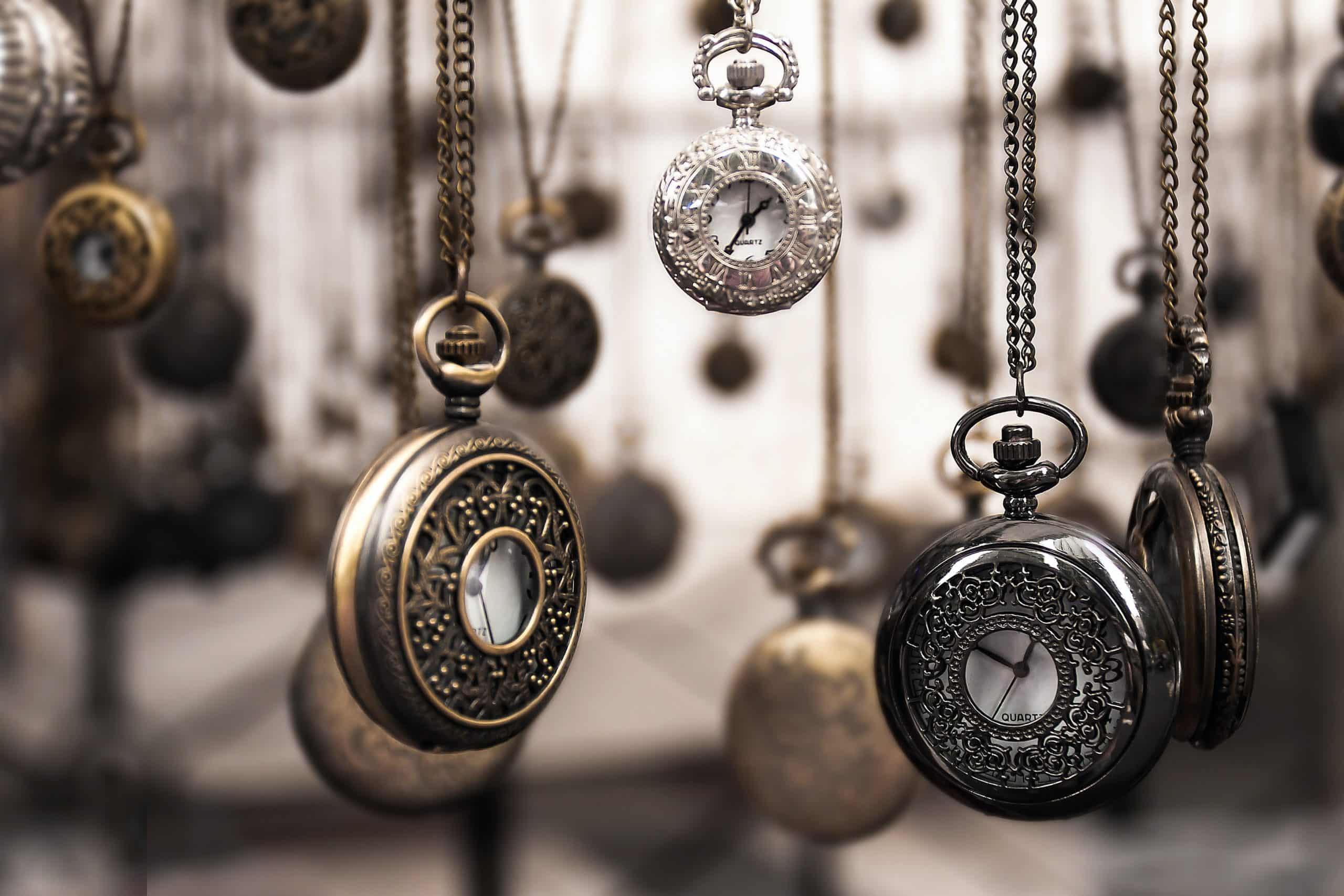

Ideas and Tips
How To Spot Authentic Antique Jewelry
Published: November 3, 2024
Learn how to identify genuine antique jewelry with our guide on historical periods, key characteristics, and expert tips for spotting authentic pieces.
(Many of the links in this article redirect to a specific reviewed product. Your purchase of these products through affiliate links helps to generate commission for Storables.com, at no extra cost. Learn more)
Spotting authentic antique jewelry can seem tricky, but it's not rocket science. With a bit of know-how, you can become a pro at identifying genuine pieces. Authentic antique jewelry holds historical significance and showcases craftsmanship passed down through generations. Here's how you can tell if a piece is the real deal.
The History of Antique Jewelry
Antique jewelry has a rich history spanning centuries. Each era contributed unique styles and craftsmanship. Let's take a quick trip through time:
Ancient Civilizations
Ancient Egyptians, Greeks, and Romans were some of the first to create jewelry. They used precious metals like gold and silver and adorned them with gemstones such as lapis lazuli and carnelian. Egyptians, for instance, used jewelry for both adornment and spiritual purposes.
Medieval Period
During the Middle Ages, jewelry became more intricate. Enameling and filigree techniques were popular. Pieces from this era often featured detailed designs and symbols reflecting the wearer's social status.
Renaissance and Baroque
The Renaissance period brought a resurgence of classical styles with a focus on naturalism. Jewelry from this era often featured motifs inspired by nature, like flowers and animals. The Baroque period followed with more dramatic and ornate designs, characterized by heavy use of gold and intricate details.
Victorian Era
The Victorian era is one of the most recognizable periods in antique jewelry history. This era saw the rise of mourning jewelry—pieces made from hair or other personal items of the deceased. Cameo brooches and lockets also became popular during this time.
Read more: How To Identify Authentic Antique Porcelain
Art Nouveau and Art Deco
The early 20th century saw two significant movements in jewelry design: Art Nouveau and Art Deco. Art Nouveau jewelry is known for its flowing lines and organic shapes inspired by nature. Art Deco jewelry, on the other hand, is famous for its geometric shapes and bold colors.
Key Characteristics of Antique Jewelry
Understanding the historical context is crucial when identifying antique jewelry. Here are some key characteristics to look for:
Materials
- Metals: Antique jewelry often features metals like gold (white, yellow, and rose), silver, and platinum. Look for hallmarks or stamps indicating the purity of these metals.
- Gemstones: Genuine antique jewelry frequently includes gemstones such as diamonds, rubies, emeralds, sapphires, and pearls.
- Enamel: Enamel work was popular during medieval times and can be identified by its vibrant colors and smooth finish.
- Filigree: This technique involves weaving thin threads of metal into intricate patterns and is commonly found in medieval and Renaissance pieces.
Techniques
- Handcrafting: Antique jewelry is often handcrafted, meaning each piece has unique imperfections that distinguish it from machine-made items.
- Hallmarks: Many pieces bear hallmarks indicating their maker or place of origin.
- Patina: The patina or aging process gives antique jewelry a distinctive look that is hard to replicate with modern techniques.
Design Elements
- Symbolism: Antique jewelry often incorporates symbols reflecting the wearer's status or beliefs (e.g., crosses for Christians).
- Motifs: Specific motifs like flowers (roses), animals (birds), and mythological creatures were popular during different eras.
- Inscriptions: Some pieces may feature inscriptions either on the metal itself or on accompanying documents.
How to Identify Genuine Antique Jewelry
Identifying genuine antique jewelry requires a mix of knowledge and a keen eye for detail:
Research
- Study Historical Periods: Understand what styles were popular during different eras and how they evolved over time.
- Consult Experts: If possible, consult with experts in antique jewelry who can provide valuable insights based on their experience.
Inspect the Piece
-
Examine Materials:
- Gold vs. Gold Filled: Genuine gold will have a warm glow and may bear hallmarks indicating its purity (e.g., "14K" or "18K").
- Silver vs. Sterling Silver: Sterling silver should have a hallmark indicating its purity (e.g., "925").
- Platinum vs. White Gold: Platinum is denser than gold, so it will feel heavier for its size; white gold may be plated but should still have a hallmark indicating its composition.
-
Gemstones:
- Natural vs. Synthetic: Natural gemstones like diamonds have inclusions, which synthetic stones lack; however, some synthetic stones are designed to mimic natural inclusions.
- Certification: Look for certification from reputable organizations like GIA (Gemological Institute of America) or AGS (American Gem Society).
-
Enamel Work:
- Color Vibrancy: Genuine enamel should have vibrant colors that do not fade easily; modern replicas might lack this vibrancy.
- Smooth Finish: The surface should be smooth without any visible cracks or imperfections.
-
Filigree:
- Intricacy: Genuine filigree involves intricate patterns requiring skillful craftsmanship; modern replicas might lack this level of detail.
- Metal Threads: The metal threads should be visible under magnification, showing no signs of machine-made uniformity.
-
Hallmarks & Stamps:
- Maker’s Mark: Many pieces bear hallmarks indicating their maker or place of origin, which can be verified through research databases.
- Date Stamps: Some pieces may have date stamps indicating when they were made, which can help narrow down their authenticity.
-
Patina & Aging Process:
- Genuine patina develops naturally over time, giving it a unique look that is difficult to replicate artificially; modern replicas might look too uniform or artificially aged.
-
Inscriptions & Documents:
- Some pieces may feature inscriptions either on the metal itself or on accompanying documents; these can provide valuable information about its history and authenticity.
-
Provenance:
- Provenance refers to the ownership history of an item; genuine antique jewelry often comes with documented provenance, adding to its authenticity.
Read more: How To Antique A Cabinet
Common Mistakes to Avoid
When identifying genuine antique jewelry, avoid common mistakes that could lead you astray:
- Overlooking Hallmarks: Hallmarks are crucial indicators of authenticity; overlooking them could lead you to purchase a replica instead of an original piece.
- Focusing Too Much on Price: While price can be an indicator of quality, it's not always reliable; some modern replicas can be priced similarly to genuine antiques due to marketing strategies.
- Lack of Research: Without proper research into historical periods and techniques used during those times, it's easy to misidentify modern replicas as genuine antiques.
- Ignoring Patina & Aging Process: Genuine patina develops naturally over time; ignoring this aspect could make you overlook genuine antique pieces that appear too uniform or artificially aged.
- Not Consulting Experts: Consulting experts in antique jewelry can provide invaluable insights based on their experience; ignoring their advice could lead you astray.
Conclusion
Identifying genuine antique jewelry requires a combination of knowledge about its history along with an eye for detail when inspecting each piece carefully. By understanding historical periods, key characteristics like materials techniques design elements hallmarks stamps patina provenance avoiding common mistakes such as overlooking hallmarks focusing too much on price lack research ignoring patina consulting experts you'll be better equipped identify authentic antique jewelry adding valuable pieces collection while preserving history craftsmanship behind each item.
Whether you're collector enthusiast historian alike understanding how spot authentic antique jewelry opens doors rich rewarding journey filled discovery learning appreciation timeless beauty craftsmanship behind each piece making it truly worth while investment both financially emotionally alike making sure preserve legacy future generations come enjoy appreciate just same way we do today
Was this page helpful?
At Storables.com, we guarantee accurate and reliable information. Our content, validated by Expert Board Contributors, is crafted following stringent Editorial Policies. We're committed to providing you with well-researched, expert-backed insights for all your informational needs.
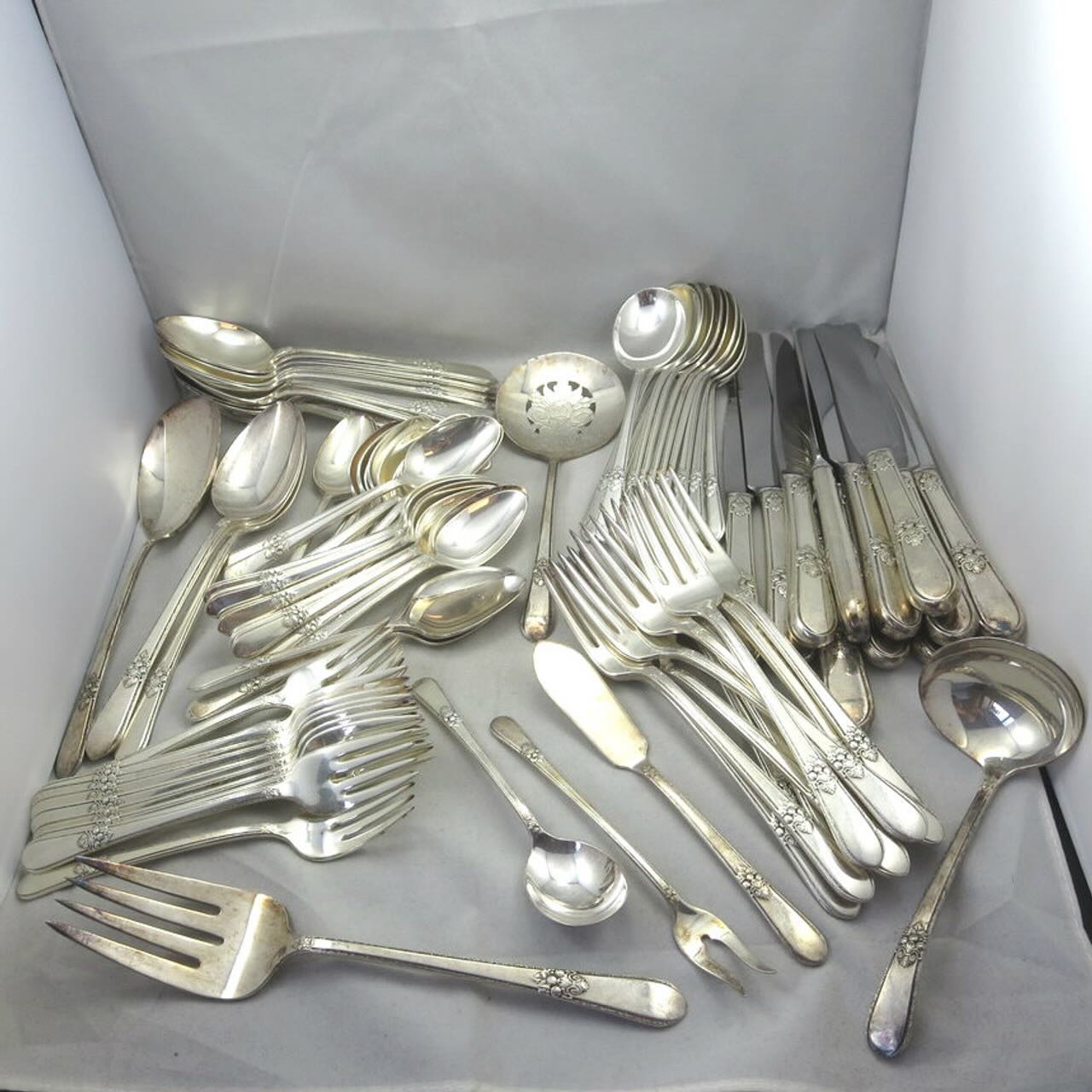


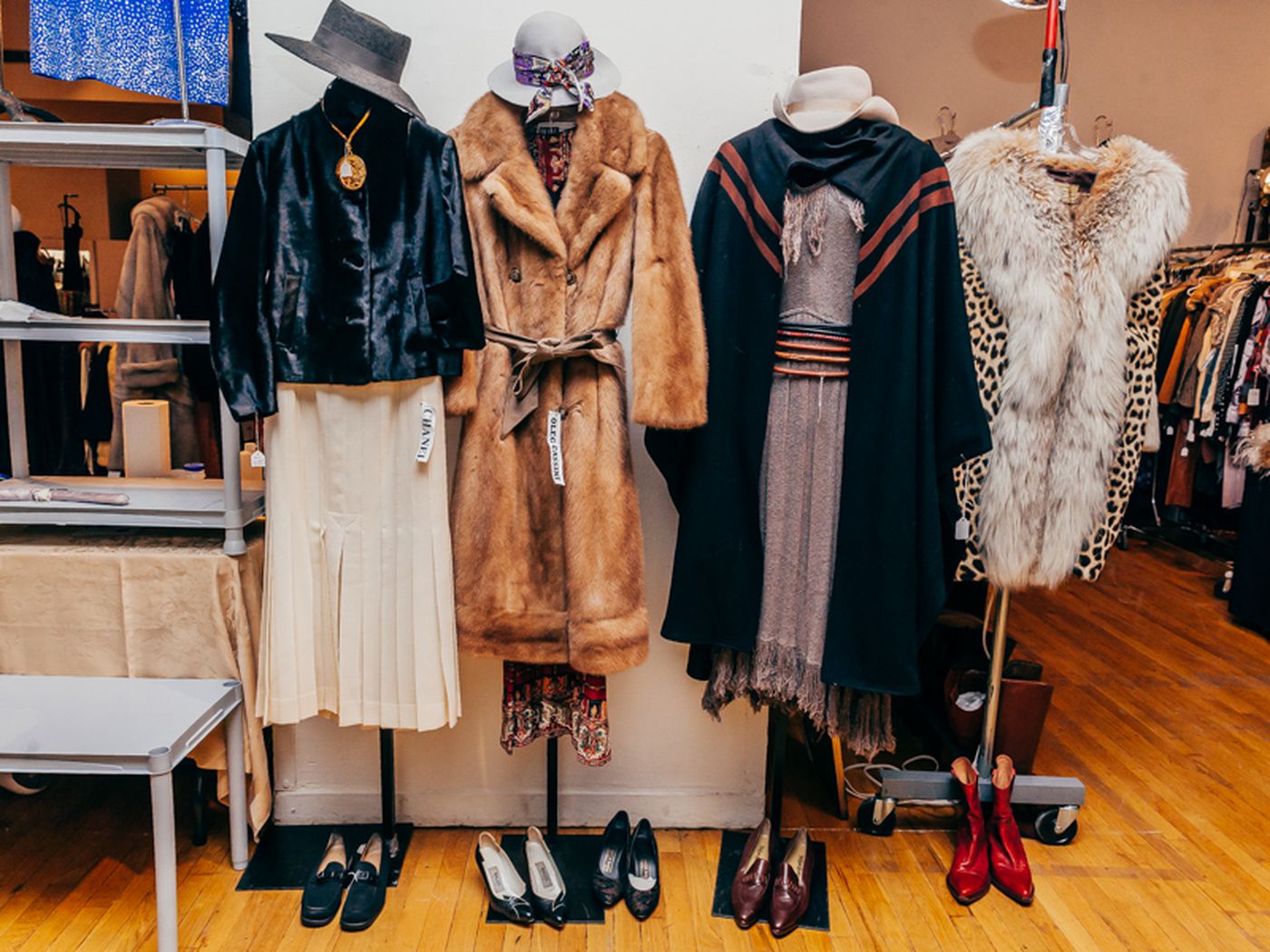
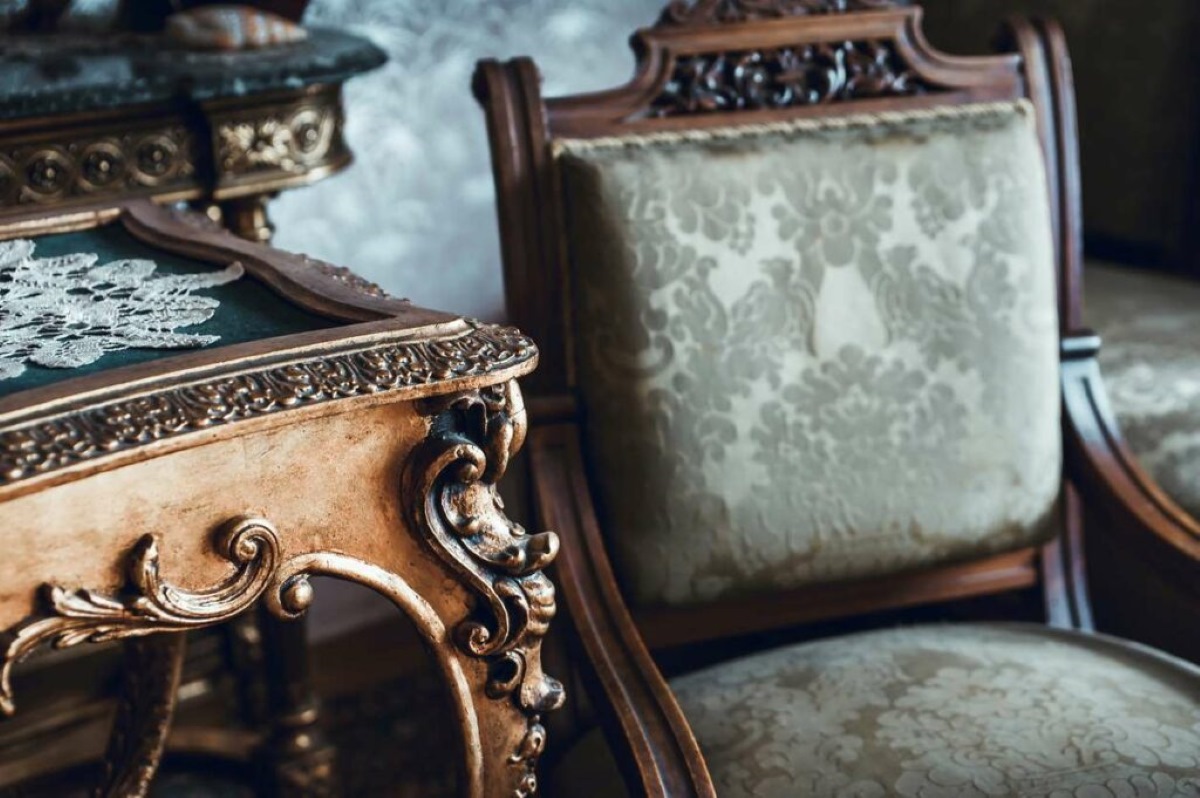


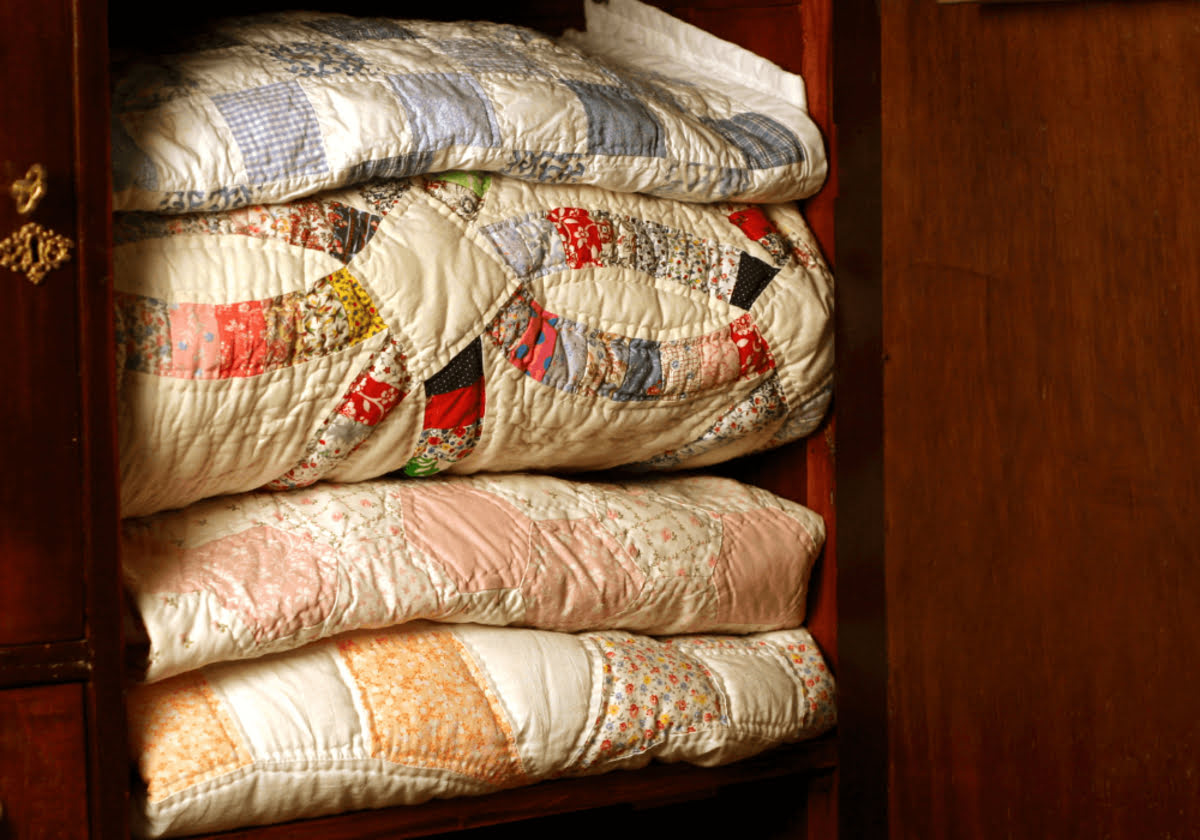

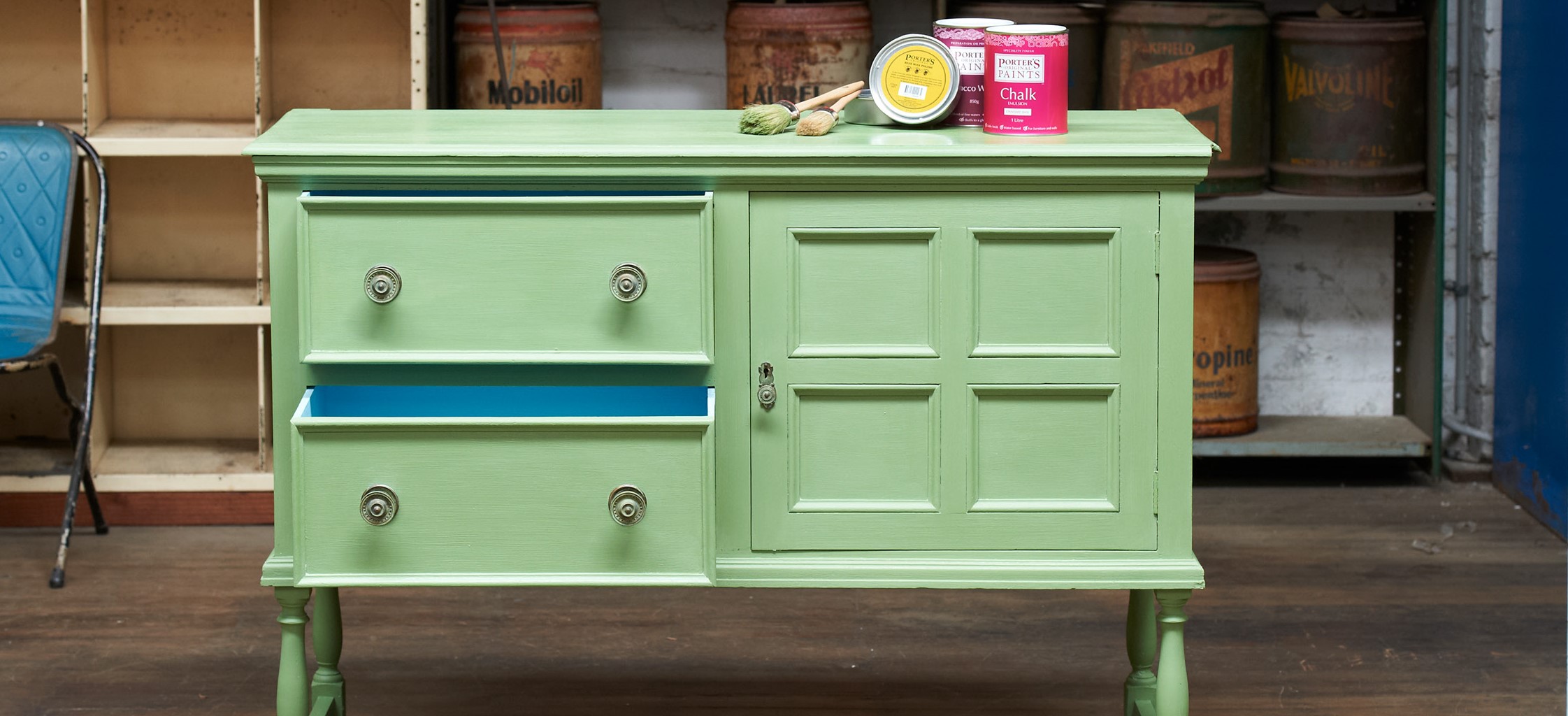
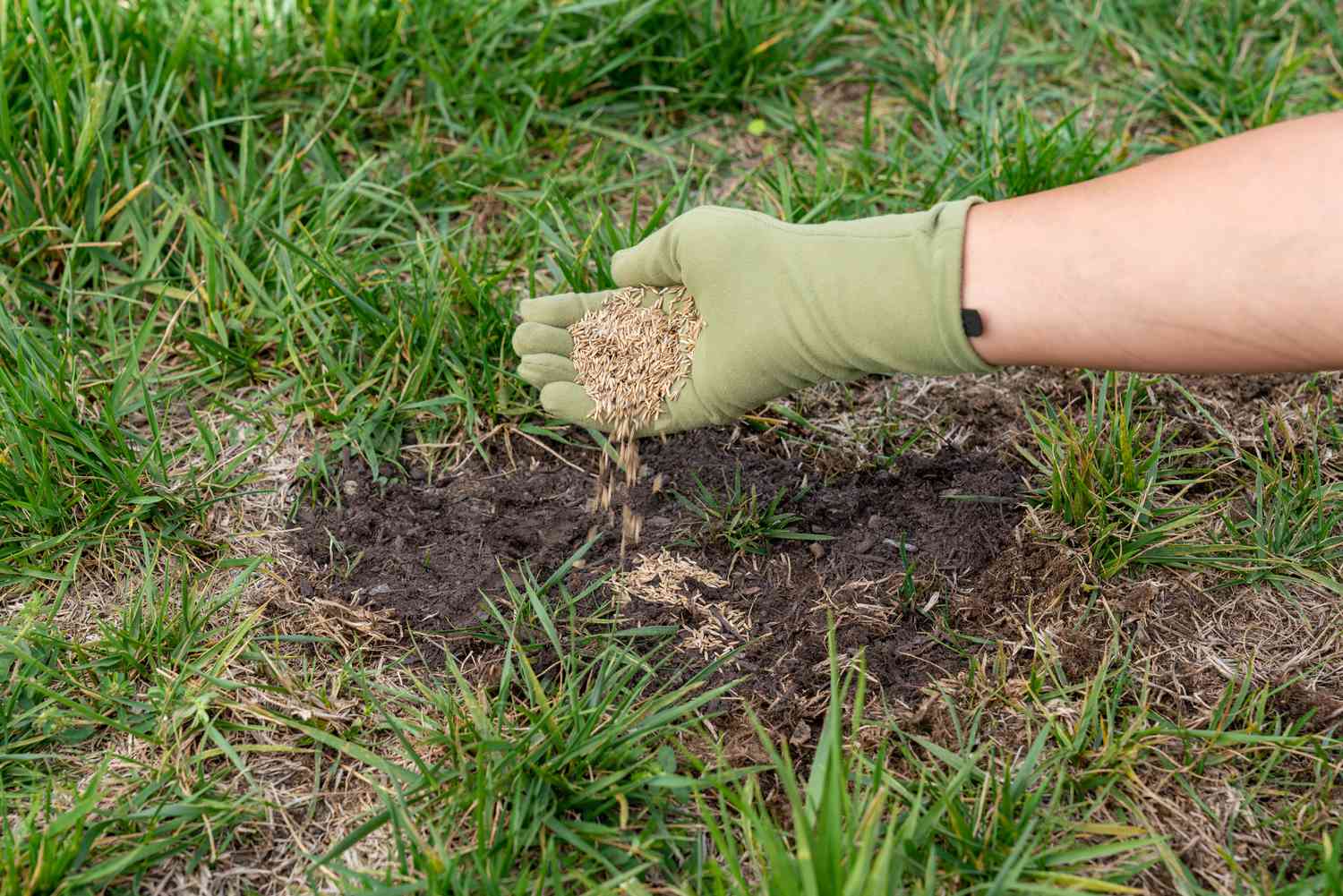
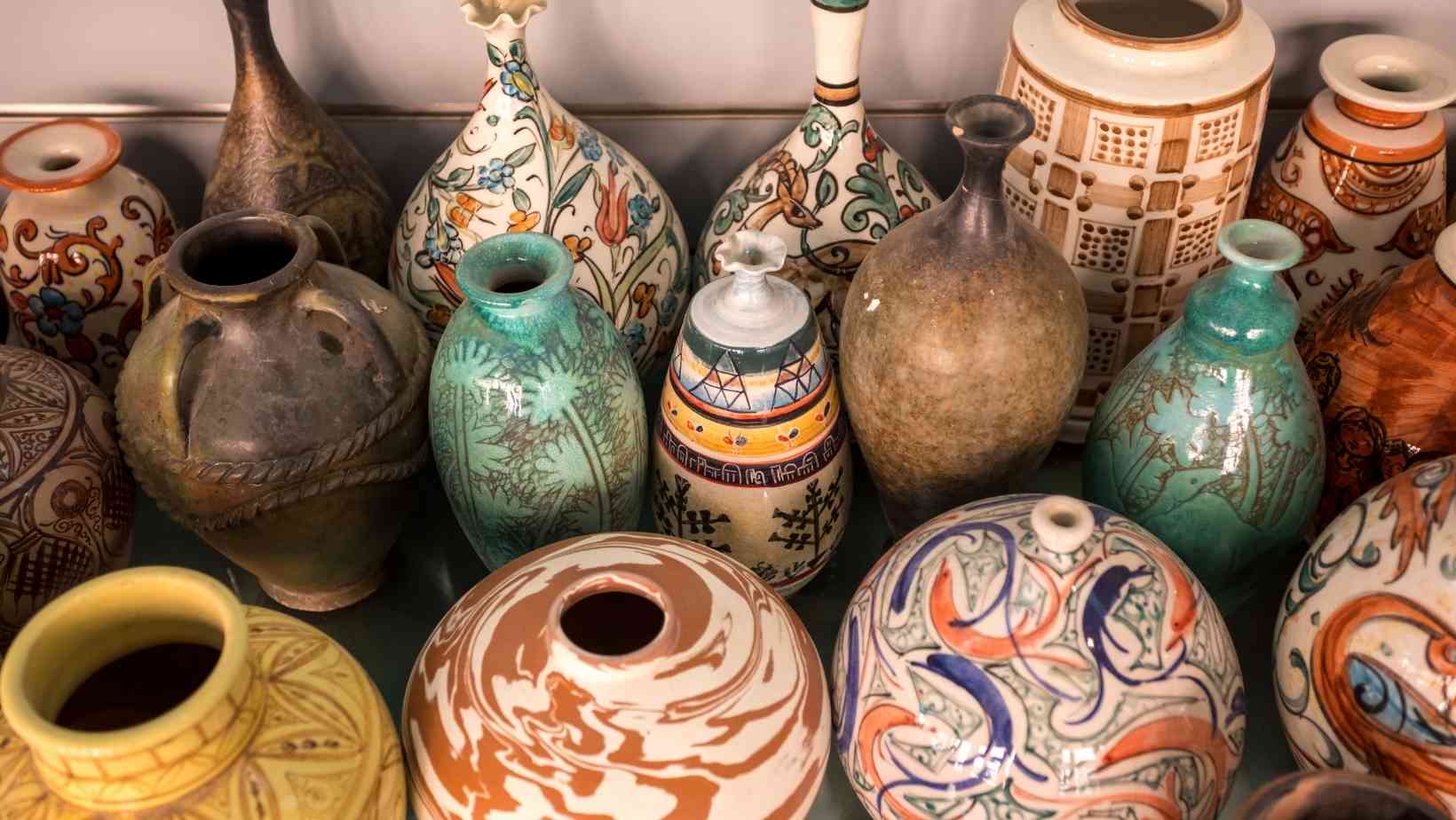

0 thoughts on “How To Spot Authentic Antique Jewelry”